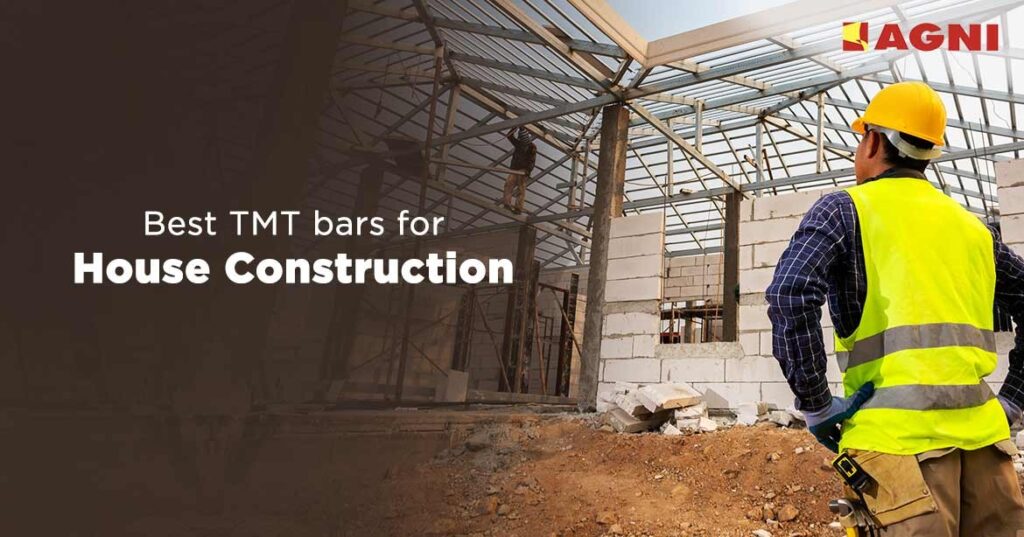Forging steel is a process that involves heating steel to a forging temperatures; this process enables the steel to become ductile and malleable and can be moulded to your preferred shape by applying pressure. Ensuring appropriate treating techniques, a steel billets or ingots can be forged to a permanent shape without any wear and tear, due to its malleability. Forging of steel is conducted using various methods some of them are using induction heating system, forge furnace, or forge oven and heating the steel to an appropriate temperature. Recrystallization enhances the grain and consequentially strengthens the forged steel produced.
Check it out: How Malleability in Metals and it alloys defines its Application
Understanding the Steel Forging Process
Steel forging is more than just heating and hammering—it’s a precision-controlled manufacturing process that transforms raw billets into high-strength, custom-shaped components. The process ensures tight grain structures, improved toughness, and superior fatigue resistance compared to cast or machined parts.
Modern steel forging plants use computer-controlled induction heating systems, precision dies, and automated presses to achieve consistent quality for industries that demand absolute reliability, such as aerospace, automotive, and oil & gas.
Types of Steel Forging Compared
| Forging Type | Temperature Range | Key Advantages | Common Applications |
|---|---|---|---|
| Hot Forging | 950–1250°C | High ductility, complex shapes possible | Shafts, crankshafts, heavy-duty gears |
| Warm Forging | 50–950°C | Less scale formation, better surface finish | Automotive transmission parts |
| Cold Forging | Room temp – 150°C | High strength, precise dimensions | Fasteners, hand tools, small fittings |
Why Choose Forging Over Casting or Machining?
Forging offers multiple mechanical and economic advantages over other manufacturing processes:
-
Higher strength-to-weight ratio for critical load-bearing components.
-
Reduced porosity, eliminating weak spots present in cast parts.
-
Better grain flow alignment enhances impact resistance.
-
Cost efficiency—less raw material waste compared to machining.
-
Longer component lifespan reduces maintenance costs.
Sustainability in Steel Forging
Modern forging practices contribute to eco-friendly manufacturing by:
-
Recycling excess steel and using scrap metal in the forging process.
-
Employing energy-efficient induction heating instead of fossil-fuel furnaces.
-
Reducing waste through near-net-shape forging, minimising machining needs.
These advancements help reduce the carbon footprint of steel forging while maintaining product performance.
Key Industries Relying on Forged Steel Components
-
Aerospace – landing gear, turbine shafts, engine parts.
-
Automotive – crankshafts, steering knuckles, gear blanks.
-
Oil & Gas – drill bits, pipe flanges, valve bodies.
-
Railway – wheel hubs, couplings, brake parts.
-
Construction – heavy-duty hooks, lifting eyes, anchor systems.
Forging can be classified into three basic types hot forging of steel, warm forging of steel, cold forging of steel.
Hot Forging of Steel:
The temperature range for hot forging of steel extends from about 950 and 1250 °C depending upon the alloy, the recrystallization occurs simultaneously with deformation, thus avoiding strain hardening.
Warm Forging:
The temperature range for warm forging of steel extends from above room temperature to below the recrystallisation temperature, which is about 50 and 950 °C. Compared to Hot Forging, warm forging requires more forming force and is has a restricted form.
Cold Forging:
The temperature range for cold forging of steel extends from normal room temperature, self-heating, to 150 °C due to the forming energy. While cold forging usually improves mechanical properties, the improvement is not useful in many common forging applications, and economic advantages remain the primary interest
Advantages of Forging:
- The produce is commonly tougher than substitutes
- It can handle impact better than castings
- The tight grain structure of forgings makes them mechanically strong. There is less need for expensive alloys to attain high-strength components.
- Forged steel parts are stronger and more reliable than machined or cast parts
- Steel forgings are used to enhance quality
- Steel forging saves cost in terms of less material and machining
Applications of Forging:
The following are the industries where forgings are significantly used.
- Automotive & Truck
- General Industrial Equipment
- Off-Highway Equipment/Railroad
- General Industrial Equipment Ordnance/Shipbuilding
- Ordnance/Shipbuilding
- Aerospace
- Valves, Fittings, Oil Field Applications
- Hand Tools & Hardware
- Agricultural Machinery & Equipment


